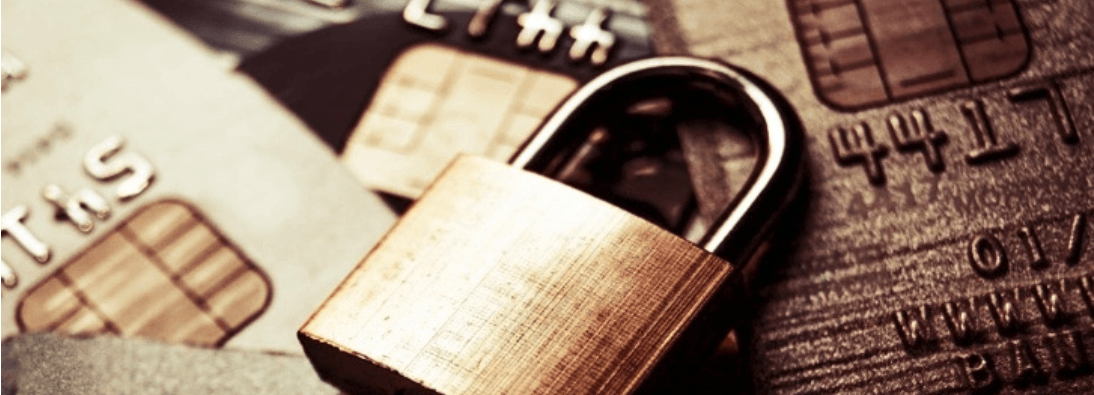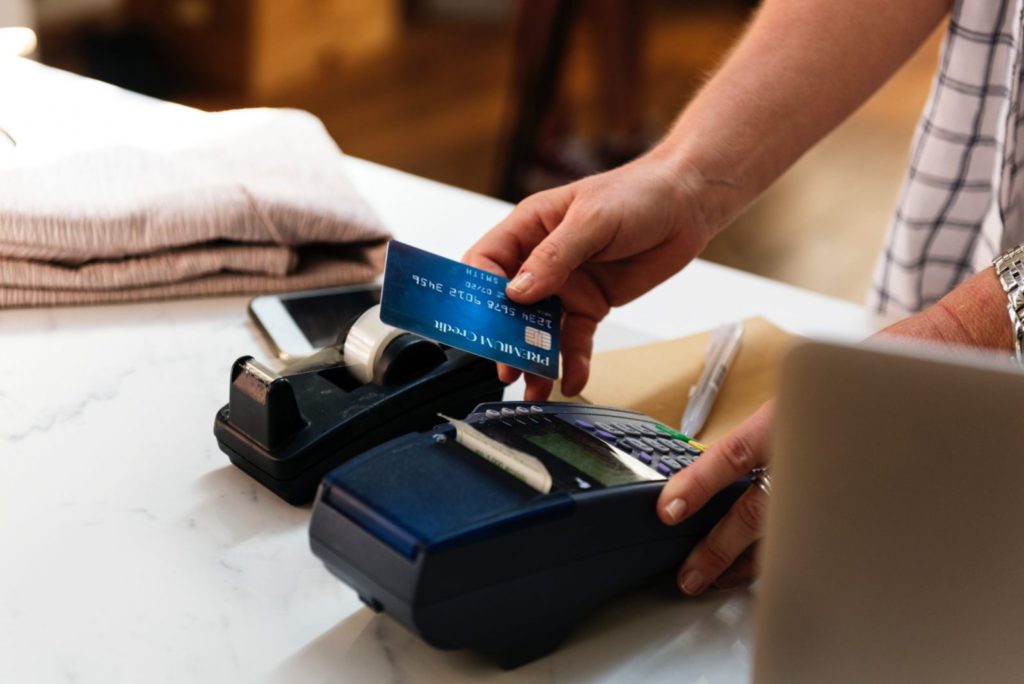
Switching to Chip & PIN: Smart & Simple Tips for Getting Ready
With technology enabling the retail world to make great strides in terms of business efficiency, better payment options are now emerging to help store owners get their customers to pay easily and securely. The Chip & PIN topic is a hot one among retail businesses now around the
If you’ve been following the news, Bank Negara Malaysia will make Chip & PIN card processing payment devices mandatory for merchants by 1 January 2017. Subsequent to that, all existing mPOS in the market will be rendered redundant and need to be replaced. Failure to be in compliance could result in you being held accountable for any fraudulent costs incurred via
Oh no! I wouldn’t want that! How can I get started to be Chip & PIN ready for my business?
Fret not. We’re here to help you transition smoothly to Chip & PIN compliance. Read on for some simple tips we’ve compiled on getting ready to accept Chip & PIN card payments in your store!
1. Understand How Chip & PIN works
The difference between Chip & PIN cards as opposed to swipe and sign cards is that Chip & PIN cards need to be placed inside the card payment reader throughout the entire transaction. The card owner will then need to enter their PIN number to confirm the transaction.
StoreHub Pay is a payment solution that we have recently launched for our customers. View more information about it here.
It would be beneficial to educate your customers on this new Chip & PIN implementation and how it works by having signage at the checkout counter, by sending emails and even posting about it in your social media. This would be a relatively major adjustment and your customers would definitely appreciate having that info to avoid embarrassment at the checkout!
To help you when you guide your customers, here’s a page that we find really useful for cardholders.
2. Update and verify your hardware
Since a hardware upgrade is imminent for all merchants, be sure to obtain documentation in black and white from your merchant services provider. Even though the migration is fairly straightforward, you should still ensure your card readers are enabled and certified from your merchant services provider.
With all the card reader devices selling on the market these days, don’t buy them unless you know they’re enabled and comply with the provider’s certifications.
3. Get the paperwork done soon
As Bank Negara requires all merchants to accept Chip & PIN devices by 1 January 2017, it’s best you start acting quickly to leave time for a buffer period. Obtain the relevant application forms from your merchant services provider. There would be an approval stage as banks evaluate the suitability of your business, which could take up to 3 weeks.
Don’t leave it until the last minute; there may be unforeseen delays as 2016 draws to an end and more merchants apply simultaneously, so get your forms submitted as quickly as possible to stay ahead of the line!
4. Start processing chip & PIN transactions
Once you’ve obtained approval and received the payment device, you can then begin accepting payments from your customers who want to pay by Chip & PIN enabled cards, like a boss.
If you’ve managed to complete the application process and have your payment device ready, congratulations! You’re all set for accepting Chip & PIN card payments!




